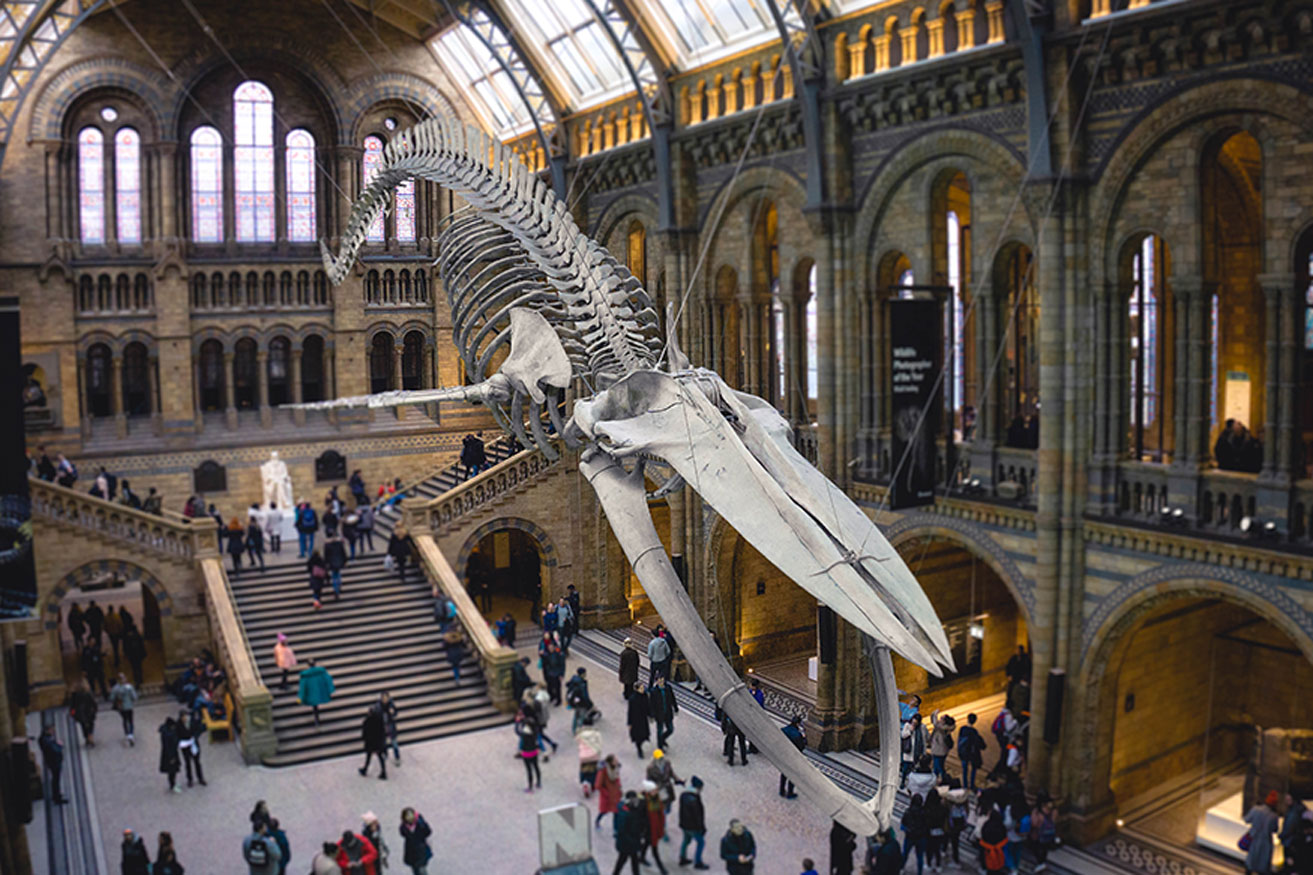
Additive Manufacturing and Biology
Tools

The Basics
Additive manufacturing in a general sense encompasses 3D printing and other process that add and build up material to create a final material. Different from subtractive methods like CNC machining where material gets removed, additive methods open the door to creating complex geometry and new ways of designing parts. One of the more interesting parts of this technology is how designs are starting to resemble nature and how additive manufacturing has opened the door to engineering creating biology.
Nature and Engineering
In Additive manufacturing, material is built in layers to slowly “grow” the final part. This method allows for internal cavities, complex shapes and curves, and internal support since there isn’t a need for a cutter to come in and define the shape of a final part. Parts have organically come to look quite different in additive methods and in some instances have started to closely resemble nature.
For examples in 3D Printed Metal, the complex shape of the supports allows an engineer to better control stress and strain with fluid shapes and forms. This geometry also resembles bone structure in nature as bones are grown additively and take on internal cavities and fluid shapes to better control weight to strength ratio.

Engineering and Biology
One of the most exciting areas of additive manufacturing is in the field of 3D printing organic material. By placing single cells or complex proteins for example, 3D printing is able to reacreate parts of the natural word through addition. Similar to how actual organic material is made, this method of manufacturing has opened the door to advances in organ donation, food production and more.
If you're interested in learning more about advanced technology feel free to give us a shout and we'll gladly talk your ear off about the innovations of the future!
Opens in new window Contact us to learn more.